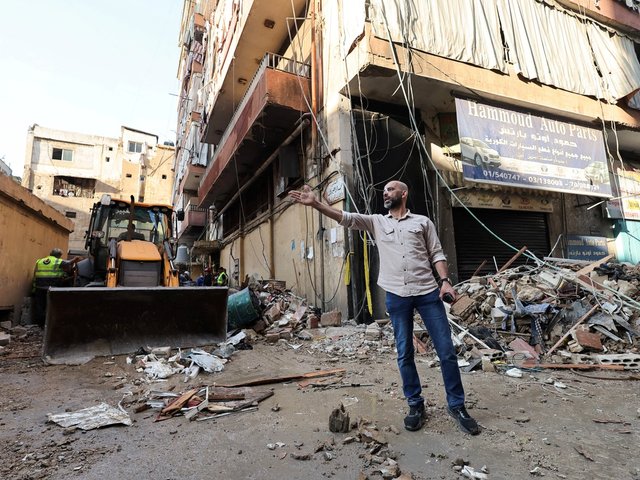The National Museum of Beirut, which stood on the deadly Green Line during the Lebanese civil war, has reopened fully to the public after more than 40 years. On 7 October, the Lebanese prime minister Tammam Salam and the Italian foreign minister Paolo Gentiloni inaugurated the restored basement galleries dedicated to Lebanon’s ancient funerary art. The project was funded more than €1m by the Italian government and supported by Italian conservators.
“With this initiative the museum finally has the three floors it should have had in the original plans, when it was opened in 1942,” Antonio Giammarusti, the architect who designed the displays, told the news agency Ansa. “This is a symbol of the rebirth of culture from destruction, that is all the more important today as Isis destroys the great artefacts of Syria and Iraq.”
The archeological museum suffered considerable damage from shellfire and flooding during the Lebanese civil war (1975-90). Located on the Green Line which divided the mainly Muslim west from the Christian east of the city, the building was used as military barracks. The most vulnerable objects in the collection were hidden in basement storerooms and the lower level was sealed up. Larger objects and mosaics were encased in concrete for protection.
The two upper floors have been open to the public since 1999, following a major restoration campaign led by the Lebanese culture ministry, directorate general of antiquities and National Heritage Foundation.
The new underground displays range from prehistory to the Ottoman Empire and include 31 Phoenician anthropoid sarcophagi carved in marble (sixth-century BC to fourth-century BC), the world’s largest such collection, and the second-century Roman tomb of Tyre, whose frescoed surfaces were restored by Italian conservators in 2010-11. Three Medieval mummies are also on view after analysis and restoration at the Eurac research centre in Bolzano, Italy.
Across the street from the National Museum, the Beirut Museum of Art is due to rise in 2020. An international jury announced yesterday (13 October) that the Paris-based Lebanese architect Hala Wardé will design the future museum of Lebanese Modern and contemporary art, which is backed by the non-profit organisation Apeal (Association for the Promotion and Exhibition of the Arts in Lebanon). The centerpiece of Wardé’s winning design, which was selected by a jury including the British architect Richard Rogers and the Serpentine Gallery’s artistic director Hans Ulrich Obrist, is a 124m-high campanile tower. “I am delighted and honoured to realise my first major project in the city of Beirut where I was born, on such an exceptional site,” Wardé said in a statement.



